Monday, July 12, 2010, 11:09 PM - Lenses
Here are a few shots made with the 50/1.8 m42 planar lens (available under the Zeiss, Rollei, Ifbagon and Voigtlander brandings), from my 2009 pic-a-day gallery: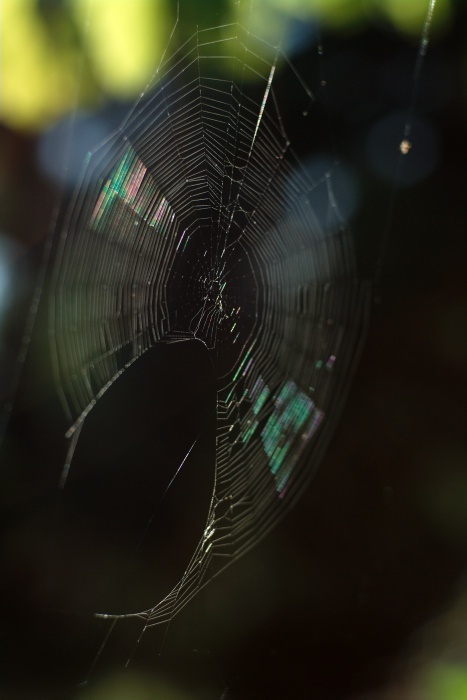
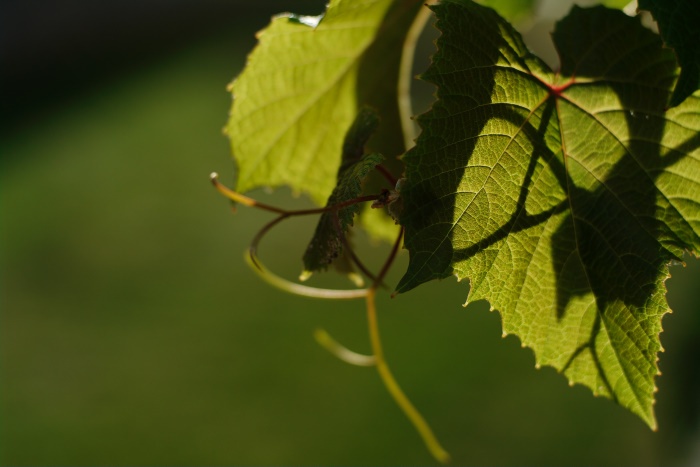
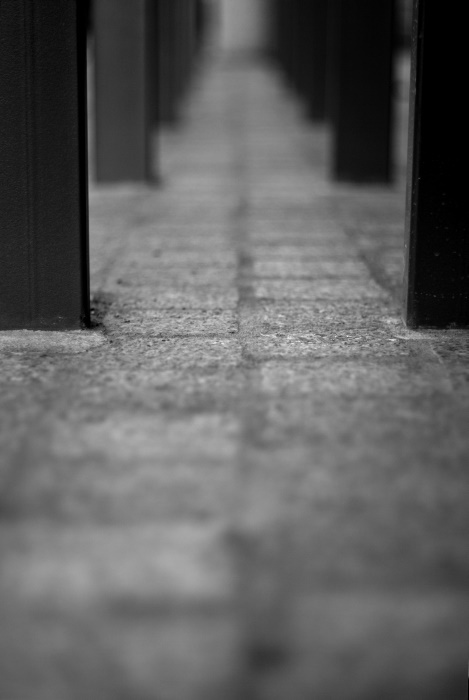

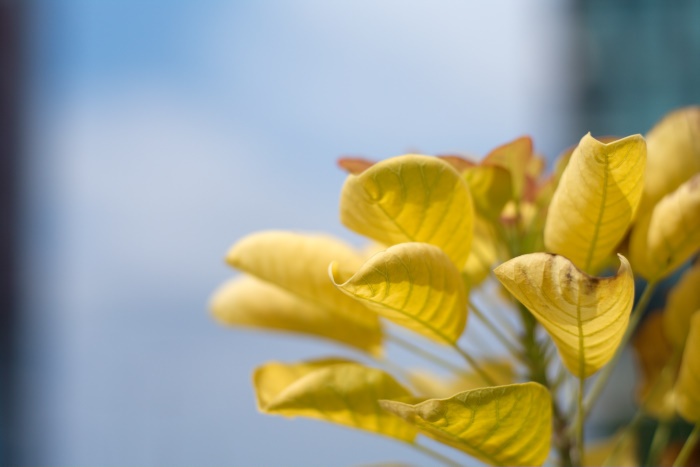
| 0 trackbacks
| permalink
| related link
Wednesday, April 21, 2010, 04:48 PM - Lenses
Quite interested to know how much the modern Tamron Adaptall-2 SP 90/2.8 (72B reference) would be an improvement over the older Tamron Adaptall-2 SP 90/2.5 (52B and 52BB), I bought a brand new (likely old stock) 72B from KEH.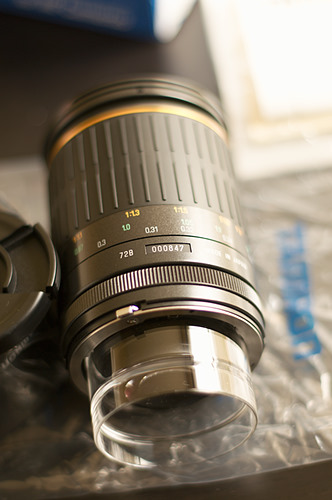
This comparison is between 3 90mm macro lenses:
*Panagor PMC 90/2.8 (m42 screw mount version)
*Tamron Tamron Adaptall-2 SP 90/2.5 (52B)
*Tamron Adaptall-2 SP 90/2.8 (72B)
Both the Panagor and the 72B are going up to 1:1 magnification, while the 52B only goes up to 1:2 (you need either an extension tube or a teleconverter to reach 1:1). However the 72B, like most modern macro lenses, only reaches 1:1 by altering its focal length. At 1:1 its focal length is about 70mm, requiring to be closer to the subject than using the Panagor (or the 52B on extension tube).
The Panagor and the 52B have a metal barrel, while the 72B is a mix of metal and plastics.
I am mostly interested to check how those lenses compare regarding flare, as this is the biggest issue with the Panagor: under high exposure, it has a strong tendency to produce a low contrast image, contrast being significantly lower on the center of the picture.
Here is an example of such case with the Panagor:
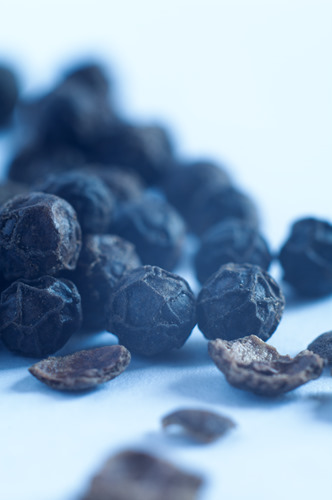
This can be corrected in post-processing, but I'd prefer not to have to do it.
Corrected version:
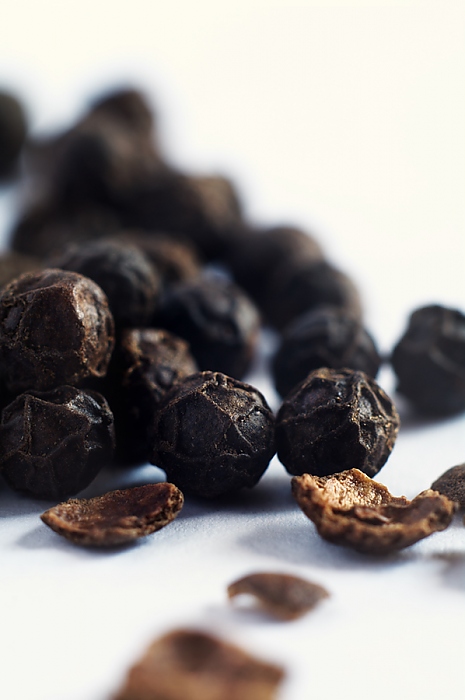
Here is the shootout, manual white balance and manual exposure, so any difference is because of the lenses.
Set 1 - f/2.8, 1:2 magnification:
Panagor
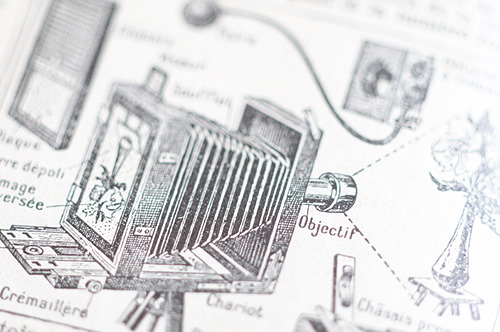
52B
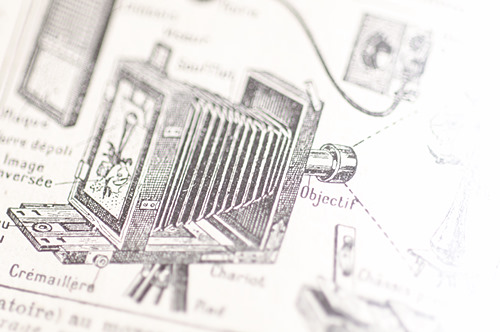
72B
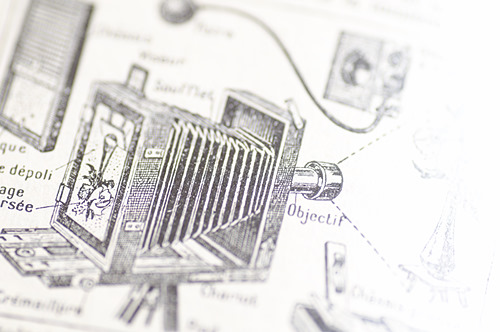
And some 1:1 crops (from a Pentax K7 - 14.6MP/APS-C):
Panagor
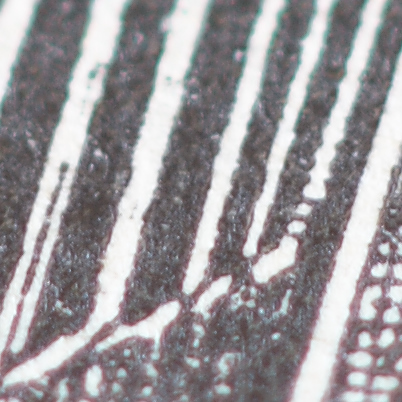
52B
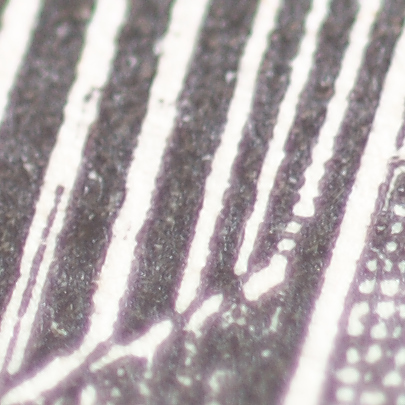
72B

Set 2 - f/5.6, 1:2 magnification:
Panagor
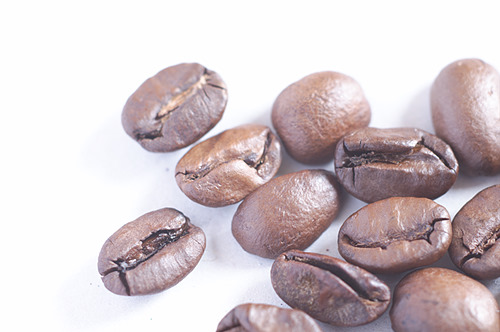
52B
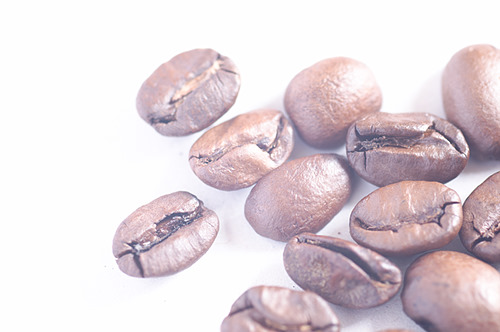
72B

*Resolution:
There is not much difference between contenders. The Tamrons might be slightly sharper than the Panagor on the f/2.8 shot, but that is a quite small difference. Those three lenses are all providing quite good sharpness.
*Color:
The 52B is slightly warmer
*Exposure:
It is clear that even when using the exact same exposure parameters, the 52B and 72B are gathering more light than the Panagor. Either the Tamrons have better coating, or the f/2.8 rating of the Panagor is a bit optimistic (it seems to be about f/3.2). It could also be a combination of both explanations.
*Contrast:
Under those intentionally difficult conditions, it is clear that the 52B is the one suffering most from a contrast issue. Both the Panagor 90/2.8 and the 72B are significantly better than the 52B, with a slight advantage toward the 72B featuring a slightly better contrast and more vivid colors than the Panagor.
Saturday, April 3, 2010, 04:24 PM - Lenses
After a couple of years with my Soligor 21/3.8 lens (the same lens is also available under the Vivitar brand), I bought a modern 21mm in order to know what I could expect from 30 years of improvements on wide angle lenses.My 30 years old 21/3.8 Soligor lens (in T4 mount, used with an m42 adapter)...
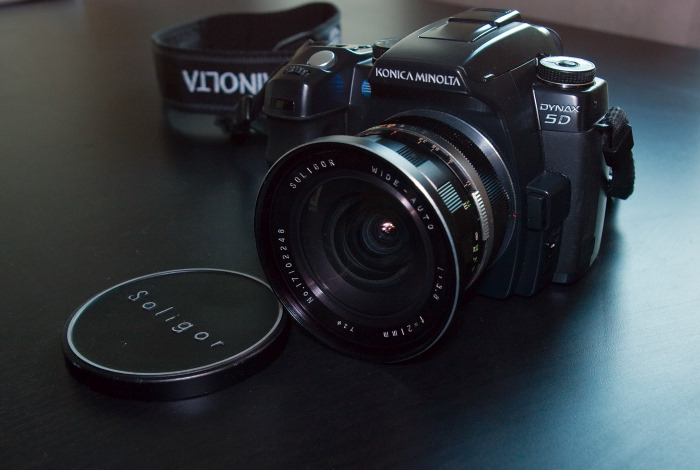
...and the newly designed lens, SMC Pentax DA 21mm F3.2 AL Limited:
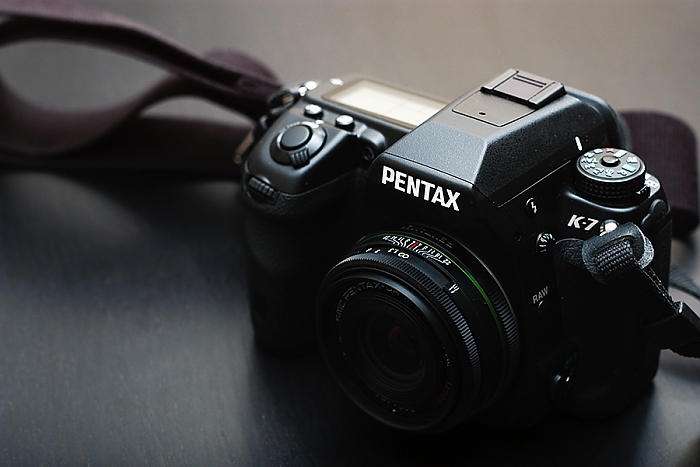
Pros of the Vivitar/Soligor lens:
*Universality: As a T4 mount, it can be used on any camera able to use m42 lenses, but also on Nikon SLRs. The Pentax, on the other hand, is a K mount lens which can only be used on Pentax SLRs/DSLRs. Moreover, the Vivitar/Soligor is a full frame lens, while the Pentax one is an aps-c only lens.
*Very low distortion. The Pentax lens has some slight barrel distortion that can be easily corrected in software, but that implies a new processing step within the workflow.
*Low vignetting. The Pentax lens exhibit noticeable vignetting when used wide open (but it nearly vanishes by f/4).
*The focus ring: The very long focus throw of the Soligor lens is significantly easier for manual focusing or prefocusing. The Pentax focus throw is only about 1/8th of a turn. The focus ring of the Pentax lens is very tiny, while it is comfortably large on the Vivitar/Soligor.
*Aperture ring: There is simply no aperture ring on the Pentax lens.
*Price: A second-hand Pentax 21/3.2 is priced between 4x and 6x the price of a second-hand Vivitar/Soligor 21/3.8.
Pros of the Pentax lens:
*Size and weight: The Soligor lens weights 380g against 140g for the Pentax one. The Vivitar/Soligor is using 72mm filters, while they are 49mm on the Pentax lens (or 43mm if you put the filter inside the provided lens hood).
*Flare: The Pentax lens is significantly more flare resistant (but it still flares a bit)
*Chromatic aberrations: CA are significantly lower on the Pentax lens.
*Sharpness: This is a strong point of the Pentax lens when compared to the Soligor/Vivitar lens. Moreover, corners are significantly less sharp than center untill f/11 on the Vivitar/Soligor, while there is much less difference between center and corners on the Pentax lens. That being said, when compared to other prime lenses, the 21/3.2 AL Limited is not a very sharp lens.
Similar between the two lenses:
*Build quality. The Pentax lens features a metal body, including the front cap and the lens hood. Marking on the lens are engraved before being painted, and overall build feels quite sturdy. It's similar to the Vivitar/Soligor lens (as 30 years ago a sturdy metal lens was the norm).
Wednesday, December 23, 2009, 04:27 PM - Lenses

Here are a few shots from the Super-Multi-Coated Takumar 85/1.8 (M42 mount):

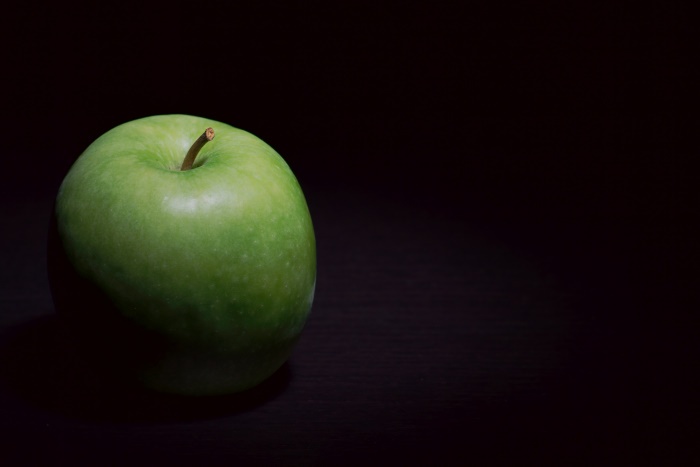

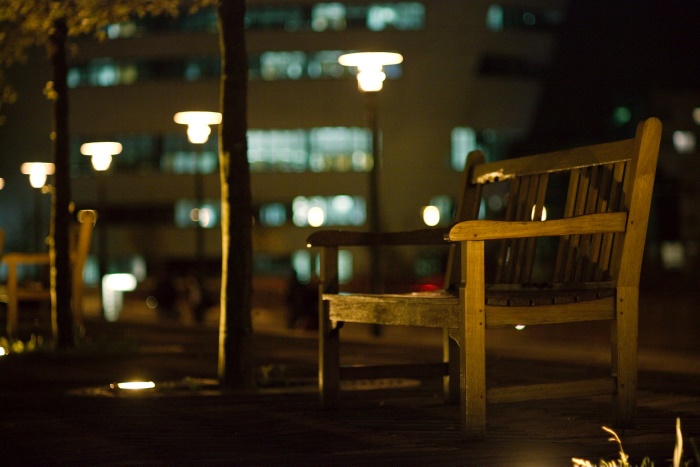
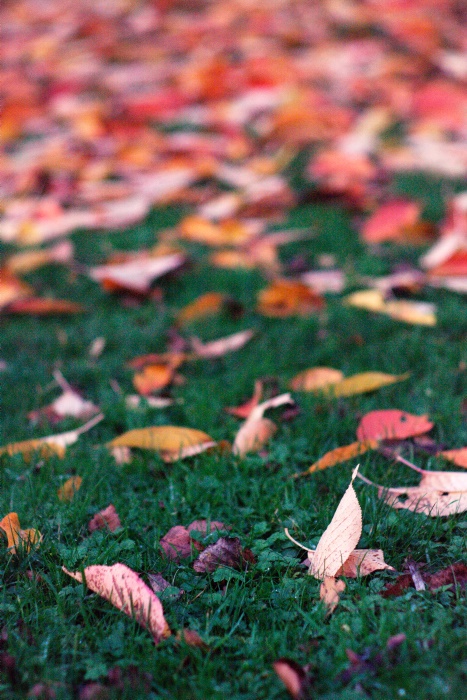

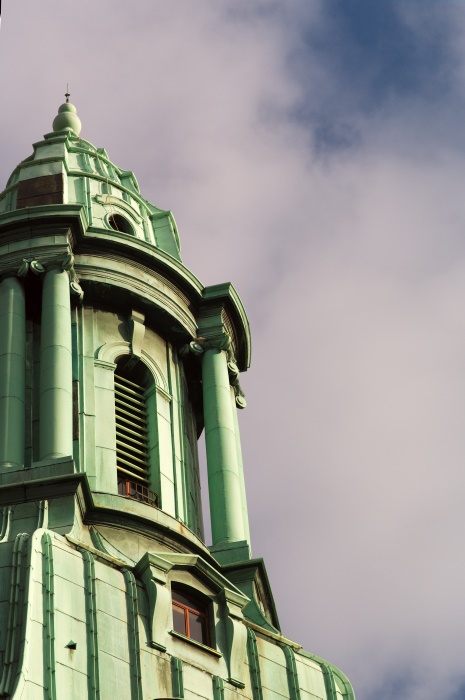
Next

 Calendar
Calendar




